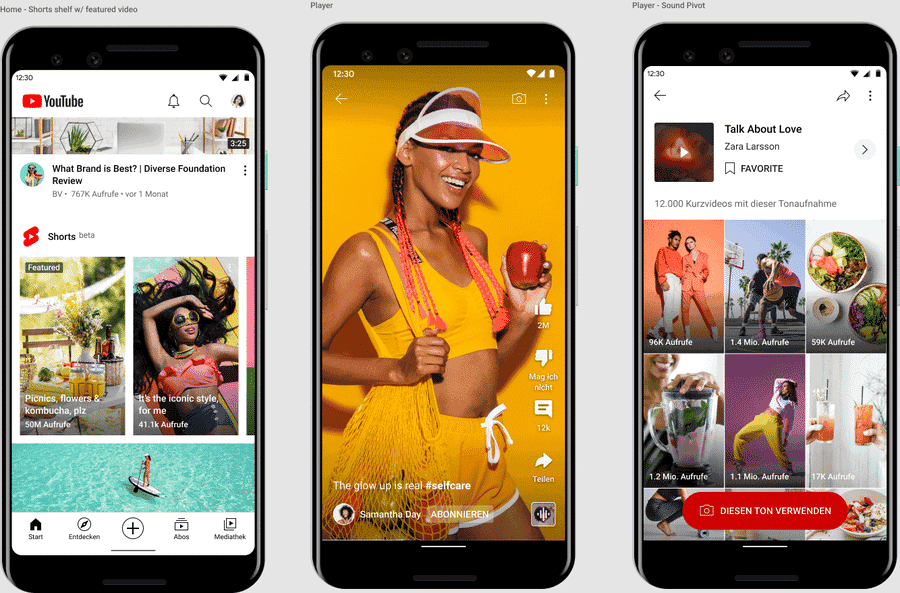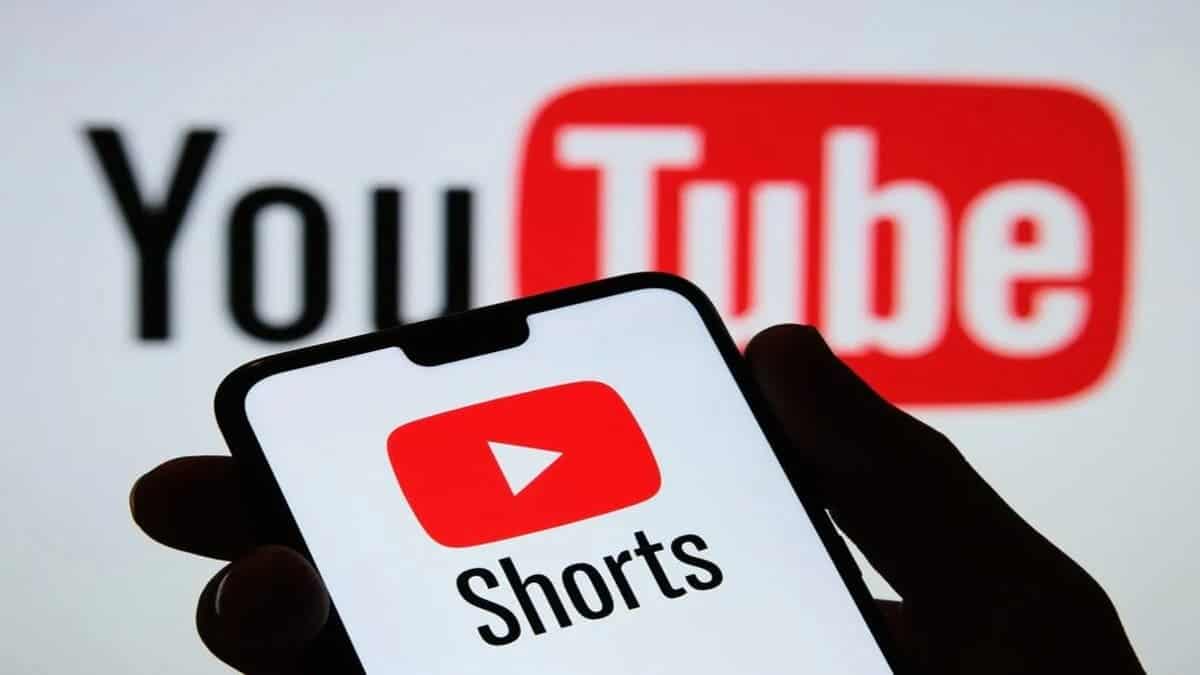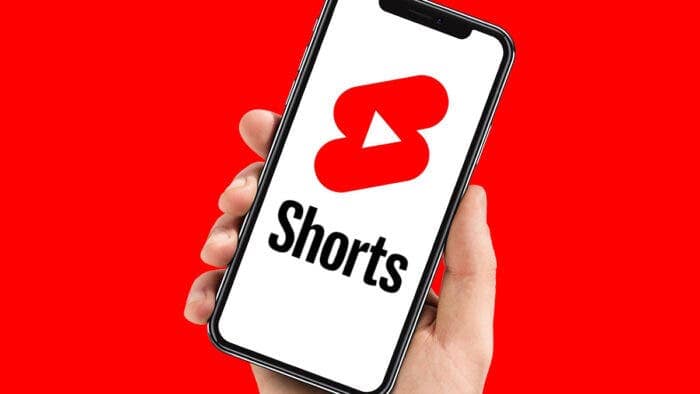YouTube has indeed been emphasizing its commitment to short-form video content, particularly with the introduction of YouTube Shorts. However, a recent report suggests that there are internal concerns within the company. It’s about the possibility of YouTube Shorts cannibalizing the core long-form video business. This is a common challenge for platforms that introduce short-form content, as it can potentially compete with or divert attention away from longer, more traditional videos.
Balancing both short-form and long-form content while ensuring the continued success of both can be a delicate task for YouTube. It will be interesting to see how YouTube addresses these concerns and navigates the evolving landscape of online video content in the future.
Why YouTube Short-Form Videos Pose Threats to Long Videos 
The reported discussions within YouTube about the risk of long-form videos “dying out” as a format. Creators are making fewer long-form videos due to perceived consumer appetite issues, and this highlights the evolving dynamics of online video content. Long-form videos have historically generated more revenue for the platform, and concerns about their decline reflect the shifting preferences of viewers toward shorter, more digestible content, as seen in the popularity of short-form videos on platforms like TikTok.
YouTube, like other platforms, must adapt to changing audience preferences and trends. It’s important for YouTube to continue supporting long-form content creators. It’s also clear that the platform recognizes the value of short-form video and its potential to engage audiences in different ways.
This suggests that YouTube may be exploring ways to strike a balance between both formats. A move to ensure the continued growth and sustainability of its platform while meeting the diverse content consumption preferences of its users.
Gizchina News of the week
Short-form Videos Impact on YouTube Revenue 
The shift toward short-form content indeed has an impact on ad revenue dynamics. Longer videos typically allow for more advertising opportunities. They can also provide a higher click-through rate on advertisements leading to e-commerce sites. This is because viewers often have more time to engage with ads in longer videos.
However, as advertisers and content creators adapt to changing viewer preferences, we are witnessing a new trend. Short-form content is becoming more favored, particularly for product placements and advertising. This is often driven by the need to capture viewers’ attention quickly in an era of shorter attention spans.
To navigate this evolving landscape, platforms like YouTube and advertisers need to strike a balance. They should continue to support long-form content creators while also exploring creative and effective ways to deliver ads within shorter content formats. This adaptability is key to remaining competitive in the ever-changing world of online content and advertising.
Factors Which Could Contribute to the Drop in YouTube Revenue 
The reported drops in ad revenue for three out of the last four quarters for YouTube could be reflective of various factors. These include changing ad spending patterns, shifts in viewer behavior, and the impact of measures taken to address ad blockers. Advertisers often adjust their spending strategies in response to market dynamics and audience trends.
YouTube’s efforts to crack down on ad blockers is aimed at ensuring that ads are viewed by a larger portion of its user base, thus enhancing its ad revenue potential. Additionally, the price increase for YouTube Premium in the US could be another strategy to bolster revenue and monetize premium content.
These measures are indicative of YouTube’s ongoing efforts to maintain a sustainable business model. It also indicates how much YouTube wants to address challenges in the digital advertising space. Ad revenue can be influenced by various external factors. Thus, it’s important for platforms like YouTube to adapt and evolve their strategies to meet the changing needs of users and advertisers.
In a statement, YouTube said:
Shorts was designed to complement, not compete with, all the other formats creators use on the platform, such as audio and livestreams.





